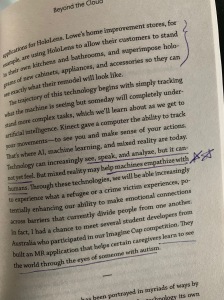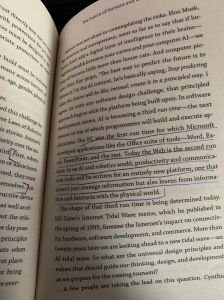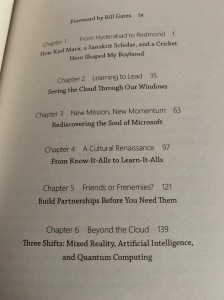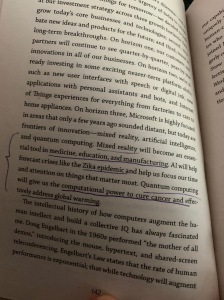I am very much excited to announce the launch of my second Microsoft Dynamics 365 FinOps book on Amazon called “Microsoft Dynamics 365 FinOps – Sales Order-based Revenue Recognition In-depth”. Please check the link below. This book is available in paperback and e-book format (Kindle).
Link for Microsoft Dynamics 365 FinOps – Sales Order-based Revenue Recognition In-depth
Microsoft Dynamics 365 FinOps has a new offering – a new “Revenue Recognition” module where the revenue recognition is sales order-based. The module is introduced to empower the users to execute revenue recognition for contracts in line with rules and regulations as mentioned in IFRS 15.
This book has in total 256 pages and the pages are all coloured so that the screenshots are seen in much greater detail for better understanding. The book not only explains the topic theoretically but also has supporting T-account details which give an overall picture of the entire revenue recognition process. Please see the actual images of the paperback copy.
As mentioned earlier, I did write a book previously about fixed price projects revenue recognition. When I learnt about this new feature of sales order revenue recognition in the system, I thought of completing the loop. And hence created a book about this new sales order based revenue recognition, so that both of these two books together would broadly cover the revenue recognition area in Microsoft Dynamics 365 Finance and Operations system collectively and would be helpful for the end users as well as functional consultants.
Link for Microsoft Dynamics 365 FinOps Fixed Price Projects Revenue Recognition In-depth
Hope the readers find this new book (and the previous one) insightful and hope they get more knowledge about how the system recognizes revenue using this new sales order-based revenue recognition offering.If you have any acquaintances, associates, colleagues, friends, relatives, and people you know, who work in Microsoft Dynamics 365 Finance and Operations, please share this news with them.
Thanks…Stay calm and safe!!
Kind regards
Sarang Kusare

























































